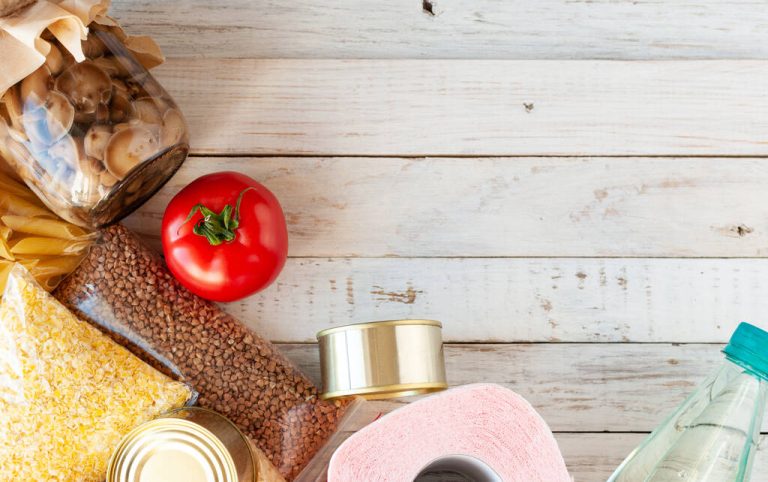The phenomenon of hamsters is currently reappearing frequently. It makes more sense to cleverly stock up on supplies for emergencies instead of hoarding indiscriminately.

Everything about hamsters and possible alternatives
For example, you could process and preserve vegetables so that you have something of regional vegetables for a long time throughout the season. For preserving, you simply have to fill finely chopped beetroot, peas and carrots into boiled disposable glasses, pour water over them and add about half a teaspoon of salt. Finally, put the closed disposable jars in a preserving pot, fill it with water and, depending on the food, let it boil for about 10 to 90 minutes.
Alternatively, you could try lactic pickling. This works particularly well with cabbage vegetables, cucumbers, beans and peppers. You simply have to put the raw, finely chopped vegetables in a mason jar and fill it with boiled salted water. Close the jar tightly and leave it at around 20 degrees for 1.5 weeks. Finally, let the glasses rest for about five weeks at cooler temperatures of up to ten degrees. If you cool the pickled vegetables well, they will keep for about three months. You can even freeze ready meals, sauces or soups. It is important that the food has cooled down before you freeze it.
Helpful food storage tips
You can also use regional and seasonal fruit and berries to make jam or compote. If you want to make a compote from pears, apples, cherries and plums, you need about 2 kilograms of fruit, a squeeze of lemon juice, a stick of cinnamon, 1 vanilla bean and sugar to your liking. First you cut and clean the vegetables. Then you put it in a pot and fill it with water so that the fruit is covered. Ripe fruit usually requires little added sugar. Then let everything boil down and fill it into mason jars. When storing it is important that you choose a dark place where the temperature is below 20 degrees.
If you keep potatoes in a dark, cool, dry and frost-free place, they will keep for several weeks and are therefore worth stocking up on. The same goes for apples, root and tuber vegetables. Store apples in a cool but slightly damp place; here they usually last for several months. You can ideally store the root or tuber vegetables longer in a wooden box with slightly damp sand. To create your own supply, it can make sense to grow winter vegetables. These include Brussels sprouts, lamb’s lettuce, green cooling, beetroot and salsify. You can get suitable seeds in organic shops, for example.
In order to be able to store food longer, it is helpful to sort the contents of the refrigerator correctly. To top it off, you should store packaged cheese and already cooked or cooked food in fresh storage boxes. Dairy products such as cream, quark and yoghurt as well as opened products are best stored in the middle. If you have perishables such as sausage, fish or fresh meat in the fridge, you should store them at the bottom. The fridge door is ideal for storing butter, eggs, mustard, olives and opened drinks. In the vegetable drawer you can store lettuce, herbs, mushrooms, leeks, cabbage and root vegetables. You can also store dry supplies such as spices, sugar, salt, flour, rice and oatmeal for a very long time if you keep them dry and tightly closed.
With a well-planned and organized stockpiling, you are well prepared for emergency situations even without hamsters.





